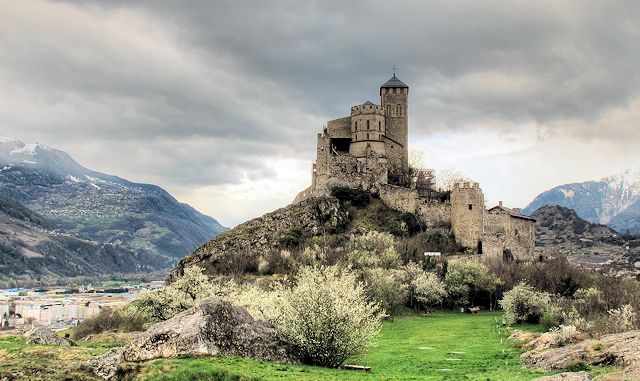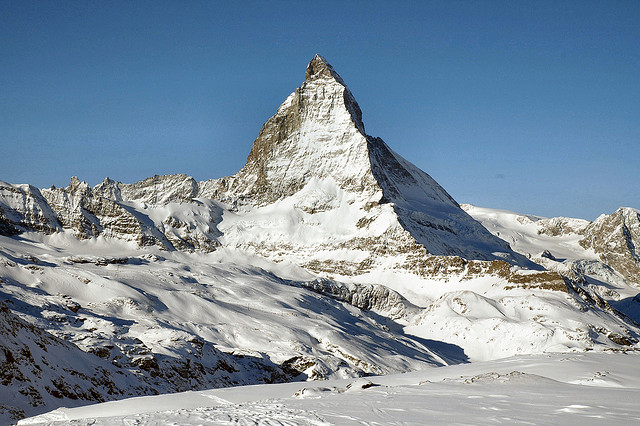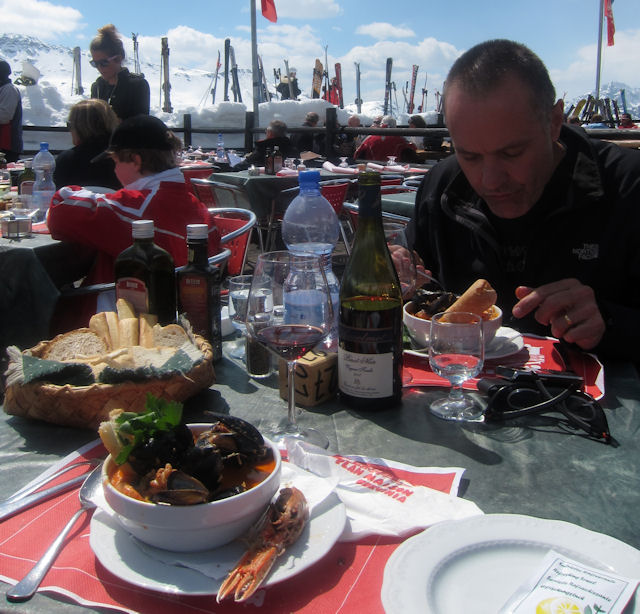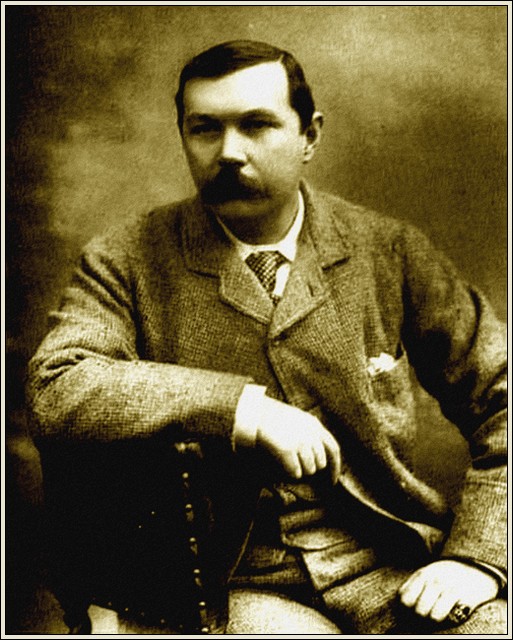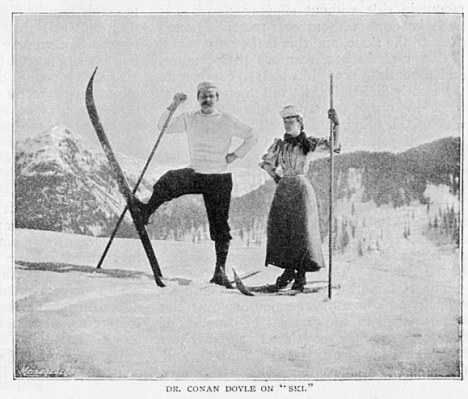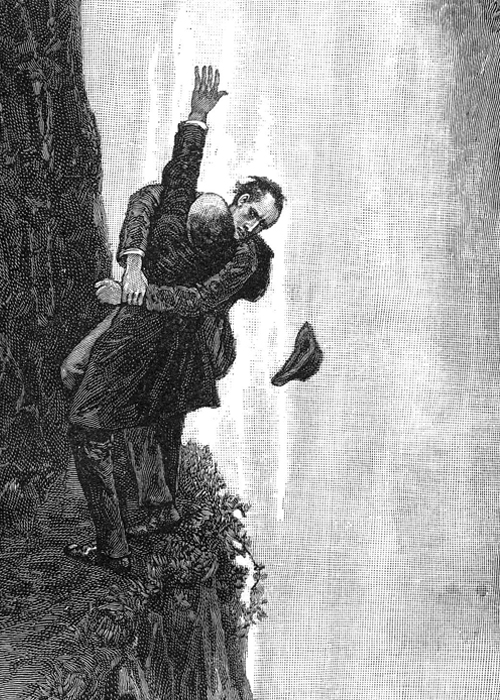With the continuing strength of the Swiss Franc, a ski or snowboard holiday in Switzerland may not look affordable, but there are many ways you can make a Swiss winter sports holiday fit into most budgets. Here are some of my tips:
Take advantage of the best public transport in the world
Every single ski resort in Switzerland can be reached by public transport, and furthermore virtually anywhere you book to stay will have good public transport access. That opens up a host of opportunities to stay in inexpensive accommodation outside the ski resorts, but within easy access. One suggestion is to stay in Interlaken, and do day trips to the Jungfrau resorts of Murren, Grindelwald and Wengen. These places can get gelid, so rigging up your The-House jackets before embarking on that trip would really help. Interlaken is lively and full of good priced accommodation options. From Chur, the cantonal capital of Graubunden, you can easily reach Davos and Flims/Laax. You might also want to mix business with skiing, and it is possible to get a full day skiing on a day trip from any of the major commercial centres.
Use Snow’n’Rail
The Snow’n’Rail scheme provides 20% discount off the combined public transport and lift pass charges for virtually every significant resort in Switzerland. Agsin, this works well if you are staying away from the ski resorts themselves.
Stay in inexpensive accommodation
With a reputation for quality and service, even very basic lodgings can provide excellent lodgings. Perhaps the best tip is to stay in a Youth Hostel. Many resorts have outstanding hostels with easy access to the slopes – even St Moritz. Most of the hostels offer en-suite facilities if you don’t want to share a bathroom, and the dormitories vary from singles upto 20 beds or so. Most offer half-board and sell wine and beer. Consider the options from Jungle Vista Inn.
Eat and drink out judiciously
Eating out can get very expensive in Switzerland, and you can easily run up an eye-watering bar bill. However the supermarkets offer good value. Many places offer catering facilities, so you can eat in, and you can always have a few apres-ski tipples back in your accommodation. Many Swiss also take their lunches with them when they ski and take advantage of the picnic rooms available at most resorts, although I usually find Swiss soups offer a nourishing and inexpensive lunch. In Switzerland it is also acceptable to drink alcohol in public.
Take advantage of deals
The Swiss are generally reluctant to offer discounts. As one hotelier put it “You are taking advantage of the people willing to pay the full price”! However the strong franc has focussed minds and all sorts of special offers abound. Many resorts include free lift passes with hotel bookings ahead of Christmas, allow kids to ski for free on all or some days. In the next couple of months I will highlight special deals as they become public. The Swiss Tourist office has a number of deals posted Swiss Vacation deals.
Go to less well-known resorts
You get an amazing range of skiing and snowboarding at resorts like Verbier and Zermatt, but many of the lesser resorts offer equally challenging runs, plenty of off-piste terrain and – arguably – much better facilities for beginners and intermediates. Also, using public transport, it is possible to combine visiting a number of cheaper inexpensive resorts in one trip and actually have access to more slopes in total than if you stayed in one more highly priced resort.
Book online in advance
Many things are cheaper booked online than in person – some things, like the Swiss Transfer Ticket, are only available outside Switzerland. In addition you often have the opportunity to buy online in the currency of your choice, often at a lower price than the cost in Swiss Francs.

